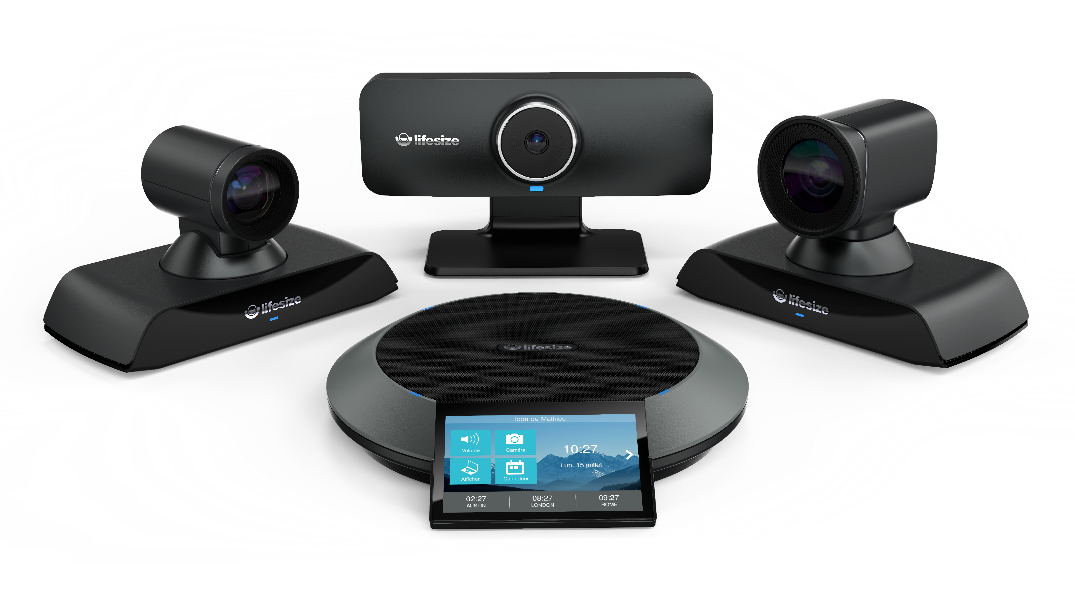In today’s rapidly evolving work environment, the concept of hybrid workspaces has become increasingly significant. As businesses adopt flexible work models, creating workspaces that cater to both remote and in-office employees is crucial for productivity, collaboration, and well-being.
Here are some essential tips for designing functional and inspiring workspaces that seamlessly blend home and office environments.
Optimizing Office Spaces for Hybrid Work
A well-designed hybrid workspace should seamlessly transition between remote and office settings. For the office, this means creating areas that support various work styles, from quiet zones for focused work to open spaces for team collaboration. Key considerations include:
- Flexible Layouts: Incorporate movable furniture and modular setups to easily reconfigure spaces for different purposes.
- Natural Light: Maximize natural light to enhance mood and productivity. Use glass partitions and light-colored walls to create an open and airy atmosphere.
Balancing Collaboration Areas and Quiet Zones
Hybrid workspaces require a careful balance between collaborative areas and quiet zones. Collaborative spaces should be equipped with tools for brainstorming and team meetings, such as whiteboards and comfortable seating. In contrast, quiet zones are essential for tasks that require deep focus and concentration.
- Collaboration Areas: Designate specific areas for team interactions, equipped with comfortable seating and technology for seamless communication.
- Quiet Zones: Create secluded spots with soundproofing materials and ergonomic furniture to minimize distractions and support focused work.
Ergonomic Tips and Tools for Comfort and Health
Ergonomics is a critical aspect of workspace design, affecting both comfort and health. Whether at home or in the office, employees should have access to ergonomic furniture and tools that support proper posture and reduce the risk of strain.
- Adjustable Chairs and Desks: Invest in adjustable chairs with lumbar support and desks that can be raised or lowered to accommodate standing or sitting.
- Proper Lighting: Use task lighting to reduce eye strain and ensure work areas are well-lit.
- Accessories: Encourage the use of ergonomic accessories such as keyboard trays, footrests, and monitor stand to create a comfortable and efficient workspace.
Incorporating Flexibility and Adaptability in Workspace Design
Flexibility and adaptability are key to designing workspaces that can evolve with changing needs. As work patterns shift, so should the workspace. Incorporate elements that allow for easy adjustments and reconfigurations.
- Modular Furniture: Use modular furniture that can be easily rearranged to suit different work scenarios.
- Multi-Functional Spaces: Design spaces that can serve multiple purposes, such as a lounge area that doubles as a casual meeting space.
Technology Integration in Meeting Rooms
In the hybrid era, technology plays a pivotal role in connecting remote and in-office teams. Meeting rooms should be equipped with state-of-the-art technology that facilitates virtual collaboration. Enghouse Lifesize products offer an excellent solution for seamless communication, providing high-quality video conferencing software that supports hybrid workspaces.
- Lifesize Software: Lifesize offers a comprehensive suite of video conferencing tools, enabling teams to connect from anywhere with ease. Its user-friendly interface, HD video quality, and robust security features make it an ideal choice for businesses navigating the hybrid work model. With Lifesize, teams can hold meetings, share screens, and collaborate in real-time, bridging the gap between remote and in-office employees.

Enghouse Lifesize Products: Features and Benefits for the Hybrid Work Environment
Lifesize products are designed to facilitate seamless communication and collaboration in hybrid work environments, ensuring that both remote and in-office employees can work together effectively. Here’s a breakdown of key features and how they can help:
- HD Video and Audio Quality: Delivers clear and immersive virtual meeting experiences, making it easier for remote participants to engage.
- Screen Sharing and Collaboration Tools: Allows for real-time sharing of presentations, documents, and other resources, fostering collaboration regardless of location.
- Recording and Playback: Enables meetings to be recorded and accessed later, helping to accommodate different time zones and schedules.
- Virtual Meeting Rooms: Provides dedicated spaces for consistent meeting setups, making it easy for participants to join and interact.
- Security Features: Includes end-to-end encryption and secure access controls, protecting sensitive business communications.
- Interoperability with Third-Party Systems: Ensures compatibility with various other conferencing systems and software, allowing for flexible integration in existing infrastructures.
- Multi-Device Support: Offers accessibility across desktops, mobiles, and room systems, providing flexibility for employees to join from anywhere.
These features collectively enhance the hybrid workspaces by creating a unified and secure communication platform, enabling teams to stay connected and productive whether they are working from home or the office.
Designing workspaces for the hybrid era involves a thoughtful blend of ergonomic design, technological integration, and flexible layouts. By focusing on these elements, businesses can create environments that support the diverse needs of their employees, whether they work remotely or in the office. Enghouse Lifesize’s innovative solutions play a crucial role in facilitating communication and collaboration in these hybrid workspaces, making them an invaluable asset for modern organizations.
